The Reroofing Process: What Homeowners Should Expect
Reroofing is a significant home improvement project that enhances your home’s value, protects your property, and improves its aesthetic appeal. Understanding the reroofing process can help homeowners prepare for what lies ahead and make informed decisions. Here’s an overview of what you can expect during the reroof journey.
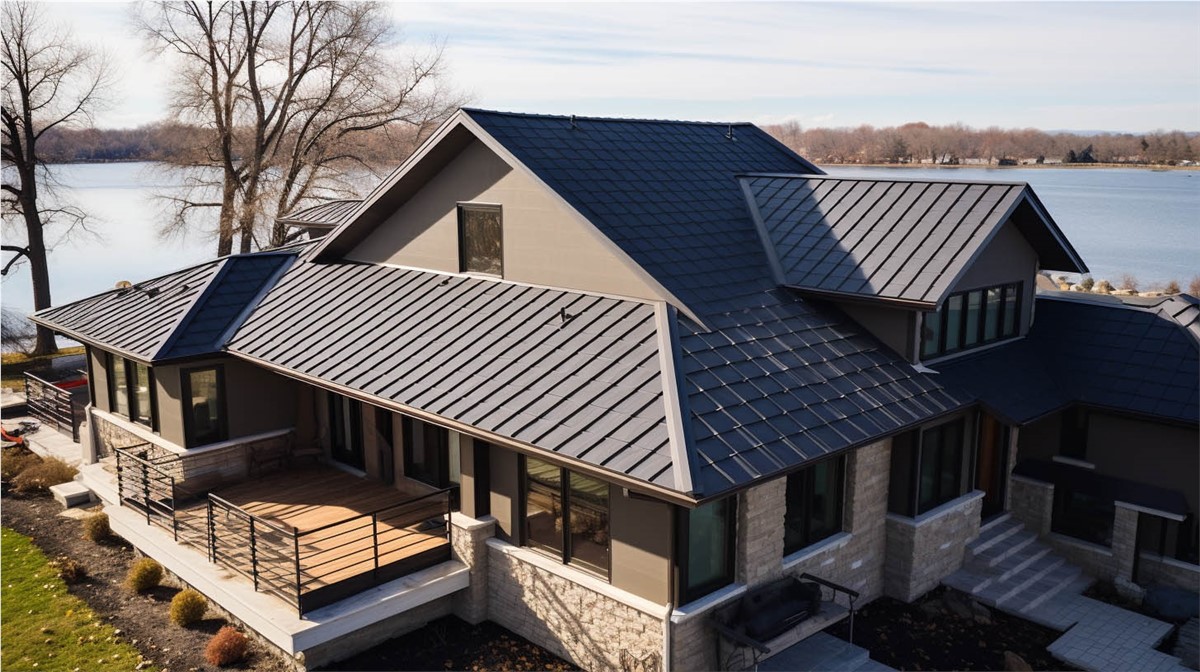
Initial Inspection and Assessment
The reroofing process begins with a thorough inspection of your existing roof. A professional roofing contractor will evaluate its condition, checking for damage, wear, and structural integrity. This step is crucial for determining whether a full reroofing project is necessary or if minor repairs will suffice.
During this phase, the contractor will also discuss material options, timelines, and potential challenges, giving you a clear idea of what to expect. Transparency at this stage helps homeowners feel confident in their choices and ensures a smooth start to the project.
Selecting the Right Materials
Choosing the appropriate roofing material is a critical decision. Factors such as your budget, local climate, and aesthetic preferences play a role in determining the best option. Asphalt shingles, metal roofing, slate, and tile are popular choices, each with its own benefits and drawbacks.
Consulting with your contractor about the durability, energy efficiency, and maintenance needs of different materials can help you make an informed decision. Additionally, ensuring the selected material matches the architectural style of your home is key to maintaining its curb appeal.
Preparing the Site
Before the reroofing process begins, contractors will take steps to protect your property. This involves covering landscaping, outdoor furniture, and other vulnerable areas to prevent damage. Inside the home, it’s wise to remove fragile items and prepare for the potential noise and vibrations that come with roof work.
The contractor will also ensure the worksite complies with safety regulations, keeping your family and the crew safe throughout the project.
Removing the Old Roof
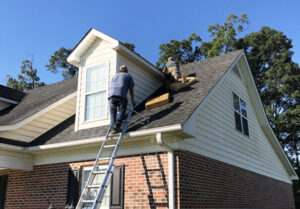 Stripping away the old roofing material is one of the first steps in the physical reroofing process. This allows the contractor to inspect the roof deck underneath for any hidden damage, such as rotting wood or structural issues.
Stripping away the old roofing material is one of the first steps in the physical reroofing process. This allows the contractor to inspect the roof deck underneath for any hidden damage, such as rotting wood or structural issues.
Addressing these problems before laying down new materials ensures the longevity of your new roof and prevents future complications. This phase can be messy, but professional contractors typically handle debris removal efficiently to minimize disruptions.
Installing the New Roof
Once the old roof is removed and the decking is repaired, the installation of the new roofing materials begins. This process varies depending on the chosen material but generally involves adding an underlayment, installing shingles or panels, and sealing all edges for weatherproofing.
Skilled contractors focus on proper installation techniques to ensure durability and performance. This step also includes addressing key areas such as flashing around chimneys and vents to prevent leaks.
Final Inspection and Cleanup
After the installation is complete, a final inspection is conducted to ensure the roof meets quality standards and adheres to building codes. This step provides homeowners with peace of mind, knowing the project was completed correctly.
Contractors will also clean up the site, removing all debris and ensuring your property is left in good condition. Many reputable roofing companies take pride in leaving no trace of their work beyond a beautifully completed roof.
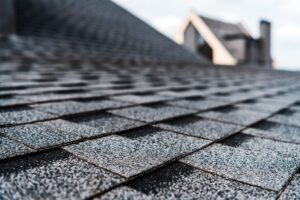 One of the first indicators that it might be time to replace your asphalt shingles is their age. While asphalt shingles generally last around 20 to 25 years, this can vary depending on factors such as climate, installation quality, and maintenance. If your shingles are approaching the end of their expected lifespan, it’s a good idea to have them inspected. A professional roofer can evaluate their condition and help you determine whether a replacement is necessary.
One of the first indicators that it might be time to replace your asphalt shingles is their age. While asphalt shingles generally last around 20 to 25 years, this can vary depending on factors such as climate, installation quality, and maintenance. If your shingles are approaching the end of their expected lifespan, it’s a good idea to have them inspected. A professional roofer can evaluate their condition and help you determine whether a replacement is necessary.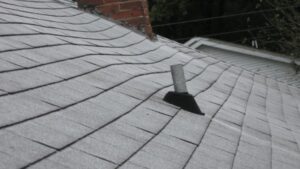 Algae and moss can grow on your roof if it’s consistently damp or shaded. While this is often seen as a cosmetic issue, it can also signal underlying damage. Algae and moss can trap moisture against your shingles, which can lead to premature deterioration.
Algae and moss can grow on your roof if it’s consistently damp or shaded. While this is often seen as a cosmetic issue, it can also signal underlying damage. Algae and moss can trap moisture against your shingles, which can lead to premature deterioration. Idaho experiences a wide range of weather conditions that can affect your roof’s performance and durability. In the colder months, heavy snowfall can add weight and stress to your roofing structure, while freeze-thaw cycles can cause cracking and leaks. Summers bring intense sunlight and high temperatures, which may lead to the deterioration of some roofing materials. Considering these factors is crucial when selecting a roof that will withstand the state’s dynamic climate.
Idaho experiences a wide range of weather conditions that can affect your roof’s performance and durability. In the colder months, heavy snowfall can add weight and stress to your roofing structure, while freeze-thaw cycles can cause cracking and leaks. Summers bring intense sunlight and high temperatures, which may lead to the deterioration of some roofing materials. Considering these factors is crucial when selecting a roof that will withstand the state’s dynamic climate.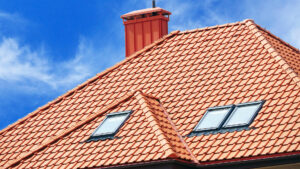 Partnering with a
Partnering with a